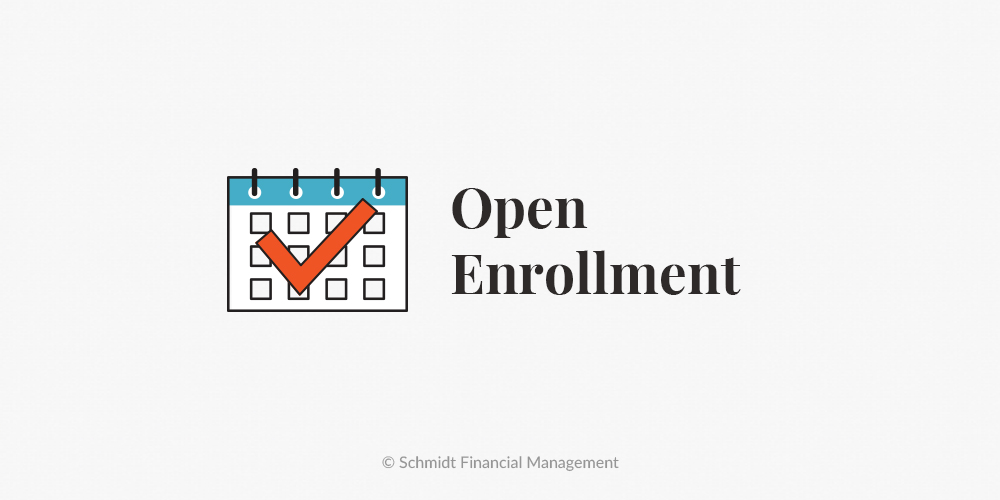You're not alone if you keep ignoring those HR emails about open enrollment. We do it too.
But when you work for a tech company, your benefits have a much more significant impact on your life and finances than you may realize. Don't leave money on the table just because the fine print is a little (and by a little, we mean a lot) tedious. These three tips may help you make the best decisions for this year and beyond (our second hack has the power to bring in serious dollars, but only for the organized; don't miss it).
-
Enroll in Your Employee Stock Purchase Plan (ESPP)
If you work for a public tech company, having an ESPP program with a 15% discount is very common. And to be honest, that's a perk that's hard to beat.
| Discount | Percentage of Section 423 Qualified Plans |
| 15% | 85% |
| 10% | 9% |
| 5% | 1% |
| 0% | 5% |
*Information gathered from NASPP.com.
However, being mindful of your existing and future equity grants is important. If you're actively selling equity awards to diversify, you might not be reducing your exposure and risk if you're also buying and holding ESPP shares.
Participating fully with the intent to sell purchased shares as soon as a plan allows can make sense. For our clients, this typically balances the need to mitigate concentration risk with the opportunity to realize employer benefits fully. Still, do you feel confused about the best option for you? Don't hesitate to ask your financial advisor or schedule a free consultation with us.
Planning Tip
Enrolling in ESPP reduces your take-home pay, so be sure to consider cash-flow considerations. Does your budget have sufficient margin to participate in ESPP?
-
Contribute to Retirement Accounts
After enrolling in ESPP, make sure you participate in your 401k, especially if your employer offers a match. We see people leaving free money on the table way too often, and it's costing them more than they know.
There are few ways for high-income households to invest such a high amount on a pre-and/or post-tax Roth basis, which is why taking advantage of employer matching is smart.
Want to get an even bigger advantage with your investments? You may have heard the term "mega backdoor Roth conversion" at your company. If it's available to you, don't skim over the paperwork.
Companies like Snap, Google, and Facebook are allowing employees to make additional retirement contributions beyond the $23,000 limit (for pre-tax and post-tax Roth 401(k) contributions in 2024). The exact amount is variable depending on your situation, but the total annual contribution limit to a defined contribution plan in 2024 is $69,000. That's a lot.
Our clients who take advantage of this are generally happy, but a common complaint we hear concerns the hassle of logging in each permitted period to initiate the in-plan Roth conversion. Without that, the tax benefits aren't quite as rosy.
So be warned that it may not be for everyone or set a reminder on your calendar to ensure you don't forget to move money from your after-tax to a Roth account.
Planning Tip
Making after-tax contributions can invoke the pro-rata rule. One thing to check is whether or not you have an existing tax-deferred investment account.
-
Create a Strategy for Your Goals
As with most financial decisions - benefit elections are best done with your overall financial plan in mind. Not every benefit offered to you is a good deal for your life-stage or goals and the tax ramifications of your enrollment decisions can surprise you if you don't have a solid strategy.
If you haven't sat down with a financial advisor, now is a good time to take advantage of a free consultation. Find an advisor you enjoy and someone who will act in your best interest and help you create a clear strategy. In our opinion, the best plans aren't limited to investments or taxation. They include both (and much more).
You deserve to make the most of your open enrollment decisions now and in the future.
Don't feel like you have a good plan for success? Schedule a call with us today for a free (no pressure) review of your enrollment options so you can feel more confident that you're not leaving dollars on the table.

